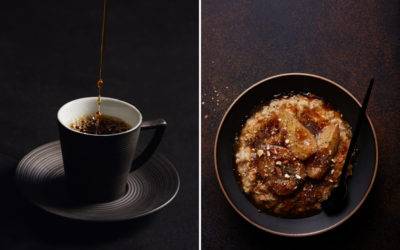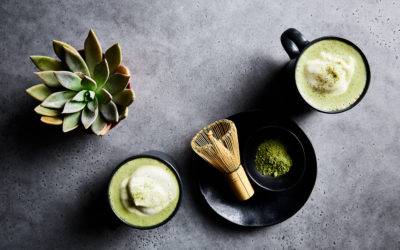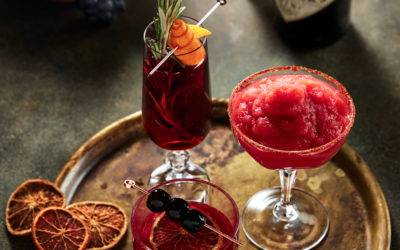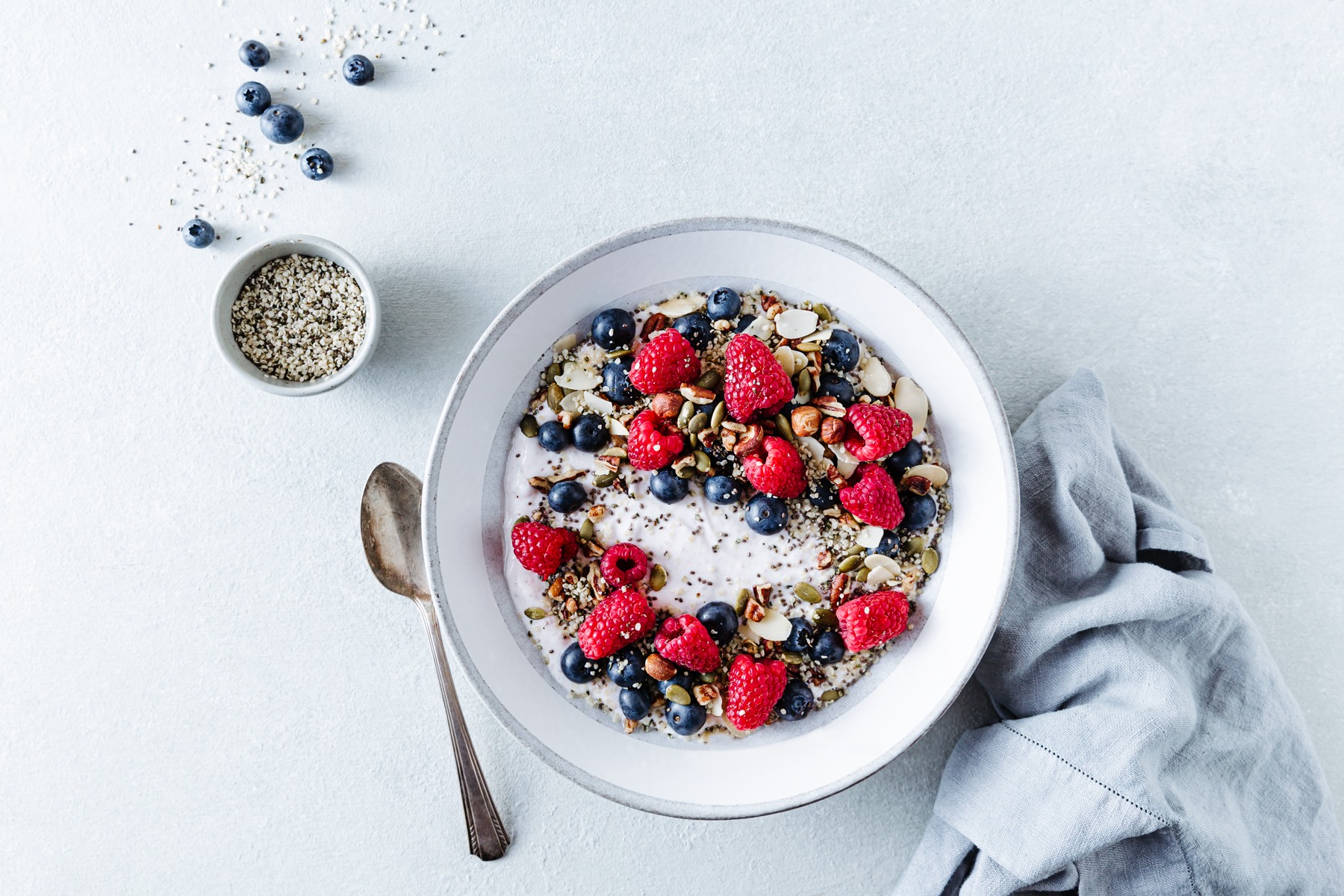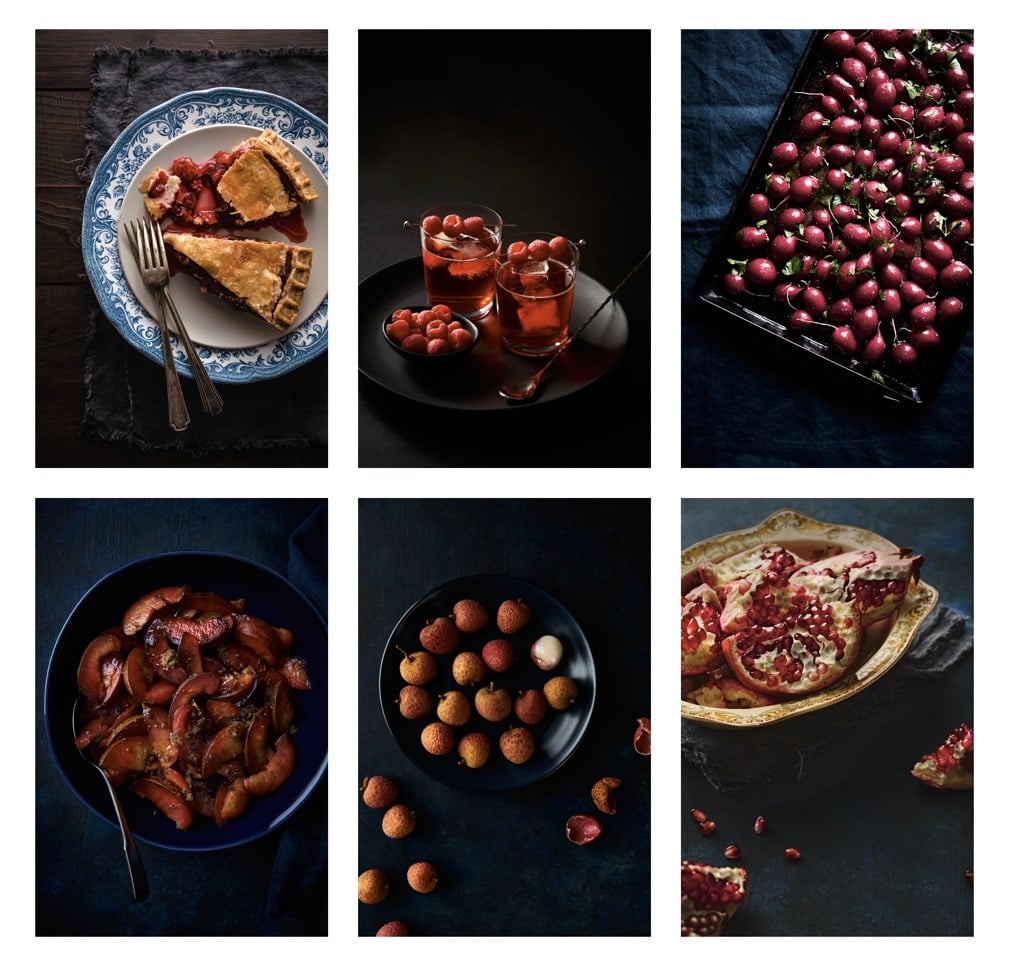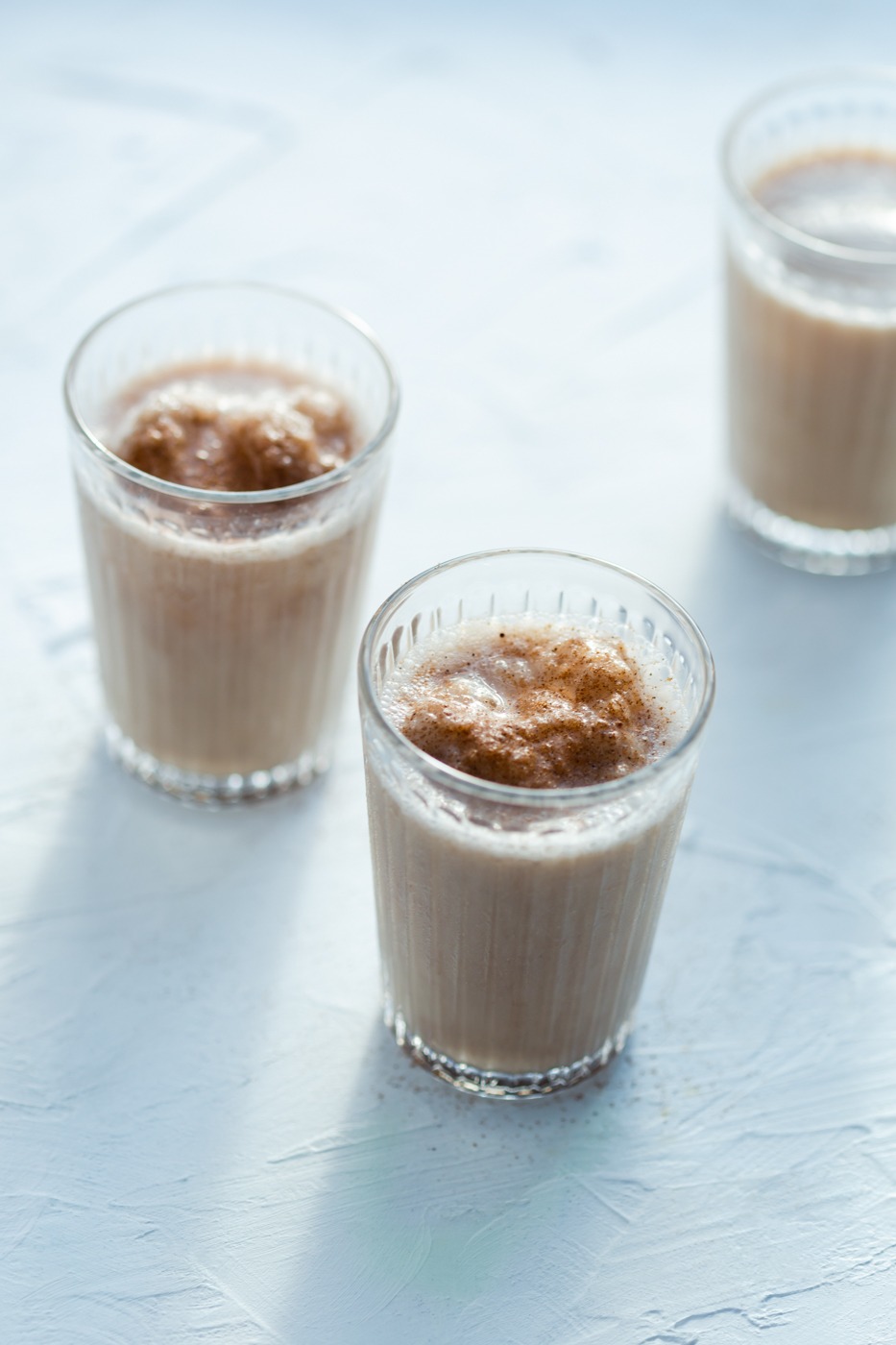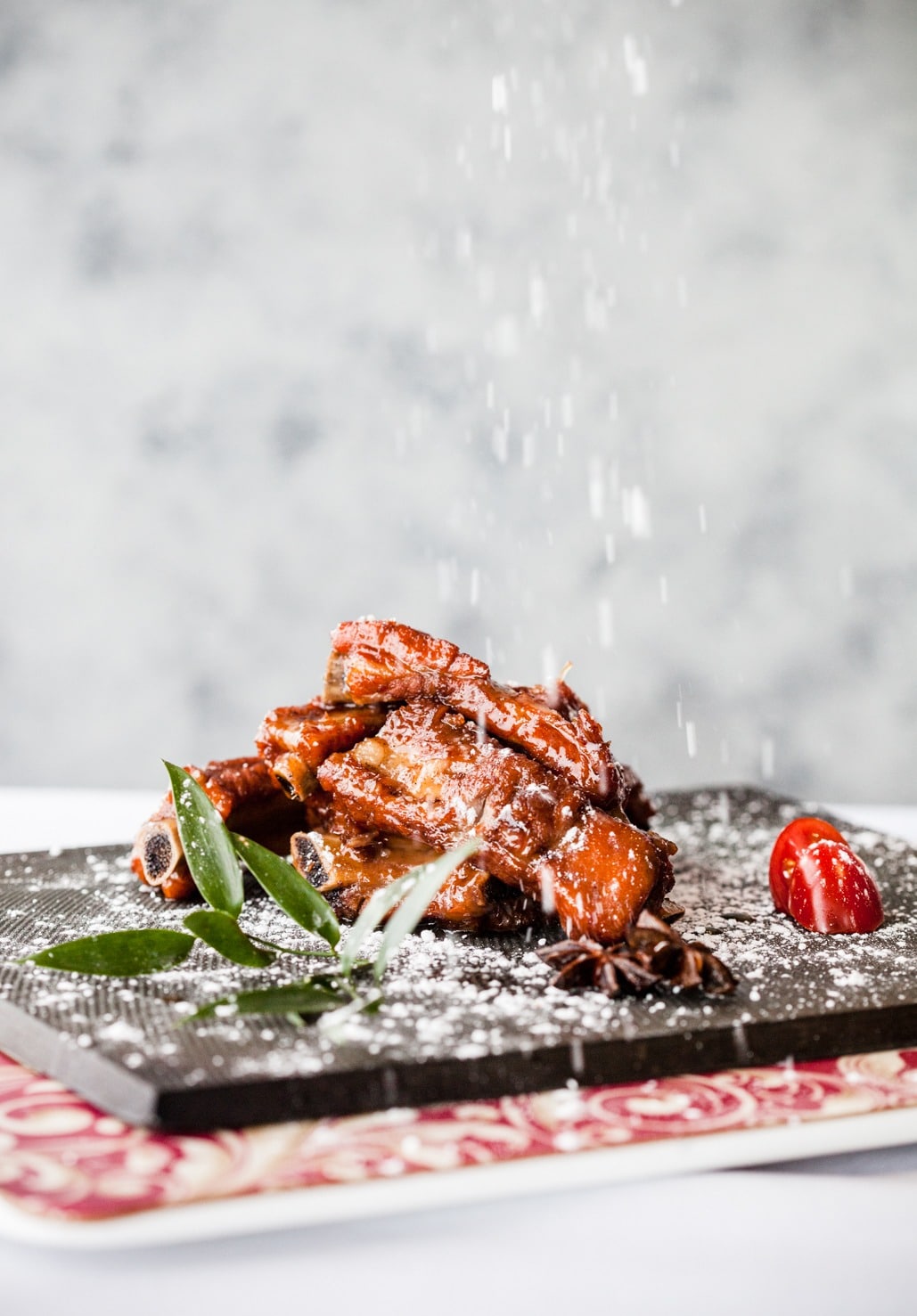Behind the Scenes
Four Big Mistakes in Pricing Commercial Food Photography
Pricing is something that every photographer struggles with on some level, but pricing for food photographers can be extra challenging. Even experienced photographers make mistakes with pricing – Click here to find out how you can avoid these pricing errors!
Tips for Creating Your Food Photography Contract
If you’re a photographer working with clients, you need to have a contract to put the parameters of the job in writing. When photo jobs go sideways, a contract protects not only you, but also your client in the event of any unmet expectations. Find out More >>
The Basics of Shooting with Multiple Lights
As a food photographer, you can shoot with natural or artificial light. If you want to shoot commercially, you need to use artificial light—often several of them. Keep reading to find out how to control and manipulate light so you can predict what your light is going to do.
More Flatlay Tips for Food Photography
Food photography flatlays are incredibly popular – borrowed from the editorial photography world to describe an overhead shot (taken at ninety degrees), often of several elements composed within the frame. Click to learn the best flatlay tips for food photography.
How Are Composition Overlays Used in Food Photography?
Composition overlays are used extensively in the world of commercial food photography. If you’ve ever shot a magazine cover, or worked on a product packaging shoot, you’ve likely worked with an overlay provided to you by the client or an art director. If you haven’t, you may be wondering what is a composition overlay? Keep reading to find out…
Combining Multiple Lights in Food Photography
One of the biggest challenges in learning artificial light for food photography is using multiple lights in a scene. Shooting food with multiple lights is kind of the last frontier of learning flash. Keep reading for the basics you need to know to get started.
How to Get Creative with Your Food Photography Lighting
The best thing about working with artificial light—especially with flash—is how much control it gives you. You can work at any time of day or night and achieve consistent light from frame to frame. You can craft whatever light you want to tell the story of your food. Find out How >>
Essentials for a Home Food Photography Studio
You don’t need a lot of gear—or even expensive gear—to produce great food photography. The reality is your skill in using the equipment you have is what’s important. Keep reading to find out what will hold you back…
How to Do Bright + Airy Food Photography (with Artificial Light)
When it comes to food photography styles, bright and airy shots are universally popular. However, this style can be difficult to pull off with artificial light, especially with scenes that have a lot of white in terms of props and backgrounds. Keep reading to find out more!
How to Use Mood Boards for Your Food Photography
Have you ever found that you and your client weren't speaking the same language when talking about a shoot? Maybe they told you that wanted a "light and airy" look but the sample images they showed...
Tips for Shooting Beverages
As a food photographer, you may often get asked to shoot drinks. But photographing beverages requires a bit of a different skill set from photographing food. Some shooters specialize in this, and...
What I Wish I Knew On My First Photo Shoot
Getting better at photography is a lifelong process. I've had teachers with thirty years in the industry under their belt say things like,"I'm still learning about light." Or "Photography is...

